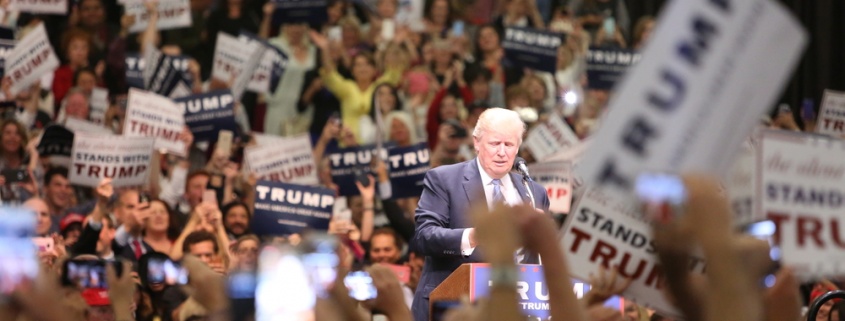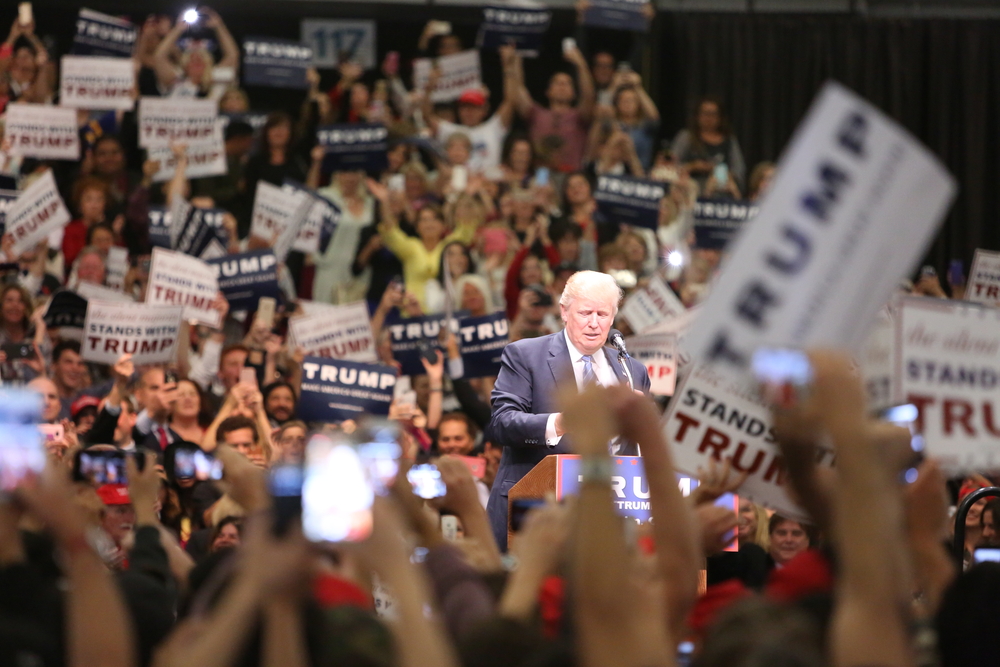Understanding the Angst of America’s White Working Class
by Saeed Khan
During the 2016 election campaign, Democratic candidate Hilary Clinton remarked that half of Donald Trump’s supporters could best be described as a “basket of deplorables” because of their bigotry, prejudice and “contempt for everyday Americans,” an accurate caricature of the plethora of racists and alt-right zealots who venerate Trump. Many analysts contend that this statement lost her the presidency because of a perceived condescension of a significant portion of the country’s electorate. But it was the second group of her opponent’s base of support that was a precise and sympathetic description of many Americans, ones “who feel that the government has let them down, the economy has let them down, nobody cares about them, nobody worries about what happens to their lives and their futures, and they’re just desperate for change. It doesn’t really even matter where it comes from.” Clinton stated that they deserve understanding and empathy; the “they” were primarily America’s white working class.
While many were both shocked and horrified by the election results last year, their reflexive reaction was to deem all Trump voters to be racist and if not, then willing and complicit validators of racism. Not only was such a conceit factually incorrect, it was a lazy broad-brushing of an entire group of individuals, often done by people who, ironically, have been themselves the targets of stereotypes and generalizations. While race, ethnicity, even religion are commonly contested demographic groups, socio-economics is still a powerful and pervasive line of demarcation in America. Lost in the static that is today’s public debates is the condition of those for whom economic mobility remains elusive. Of course, economics intersects all races, but the sheer size of the white working class suggests concern a tsunami of discontent whereas other groups might only produce a wave.
Joan C. Williams, Professor at the University of California- Hastings School of Law, assesses the situation of current social, economic and political turmoil in her newly published “White Working Class: Overcoming Class Cluelessness in America.” She examines the rise of populism among this particular demographic group and explores how it was drawn to the message of both Bernie Sanders and Donald Trump with no inconsistency or sense of contradiction. The common denominator between these two seemingly polar opposites was that they spoke directly to a people who felt overlooked, ignored, even patronized by all of the other candidates, including Clinton. It helps explain why a good number of this group voted for Sanders in the primaries, yet voted for Trump in the general election instead of Clinton, an occurrence particularly seen in Pennsylvania, Ohio, Michigan and Wisconsin: four states which had gone consistently for the Democratic candidate over the past several elections, but turned “red” in 2016.
The common denominator between these two seemingly polar opposites was that they spoke directly to a people who felt overlooked, ignored, even patronized by all of the other candidates, including Clinton. It helps explain why a good number of this group voted for Sanders in the primaries, yet voted for Trump in the general election instead of Clinton, an occurrence particularly seen in Pennsylvania, Ohio, Michigan and Wisconsin: four states which had gone consistently for the Democratic candidate over the past several elections, but turned “red” in 2016.
But politics alone cannot adequately explain why the white working class feels the malaise it does. Williams places a good amount of the blame at the feet of white professional elites, especially those in the media and in the political establishment of both major parties. The white working class is often depicted as lacking refinement and sophistication, education and the right kind of culture. It is mocked by coastal elites as being woefully enamored by NASCAR, Duck Dynasty, monogamy and an unhealthy attachment to religious observance. This reductive attitude toward millions of Americans is broadcast, with few exceptions, on a daily basis by Hollywood, the news networks, and print media. More importantly, the object of ridicule for so many in the nation’s power structure see themselves as the country’s latest endangered species.
The subject of Williams’s study is part of a fast disappearing middle class, traditionally regarded to be the backbone of American society. On the one hand, the middle class has been the focal point of attention for politicians every election cycle, but the reality appears to be quite different. The rhetoric either does not match policies to help them or there is no longer any rhetoric directed at them. The result is a segment of the population that feels increasingly exploited and harmed by those claiming to represent them.
Traveling America’s heartland, one will find, and perhaps be surprised to find, the absence of pathological racism in every rural community. For those who suspect that bigotry thrives where the cornfields begin, the reality is far more complicated. If there is xenophobia in those communities, it is not necessarily based on a hatred of someone’s race, ethnicity, religion or sexual orientation. More often, the walls go up to what they see is an attack on their traditional lifestyle by urban sprawl, or more specifically, the perceived encroachment and imposition of cultural values upon them.
Interestingly, a similar phenomenon occurred with Muslims during the colonial era. Muslims were not averse to so-called western ideas; they simply resented the imposition of such values through coercion, especially when it was accompanied with the insistence that there was something inferior and illegitimate about their own values. The easiest way to antagonize a people is to deprive them of the agency to choose for themselves matters that shape them at the essential levels of their identity and livelihoods.
America is a country in transition. Within a generation, the current white, Anglo-Saxon, Protestant majority will give way to a majority-minority one. This demographic shift will arrive on the heels of anxiety over uncertainties over the nation’s economic, political, diplomatic and cultural stability. Add to this the rise of automation and its potentially devastating impact on the socio-economic viability of the working class, and it sheds light on the growing frustration and fear among so much of the white working class, a group that sees the erosion of its once dominant place in society. While the election of President Trump has certainly laid bare, some would even argue normalized, the open expression of bigotry, the challenge of a simmering socioeconomic tension requires careful attention to prevent it from reaching a boil.
While the election of President Trump has certainly laid bare, some would even argue normalized, the open expression of bigotry, the challenge of a simmering socioeconomic tension requires careful attention to prevent it from reaching a boil.


















2017
2,107 views
views
0
comments